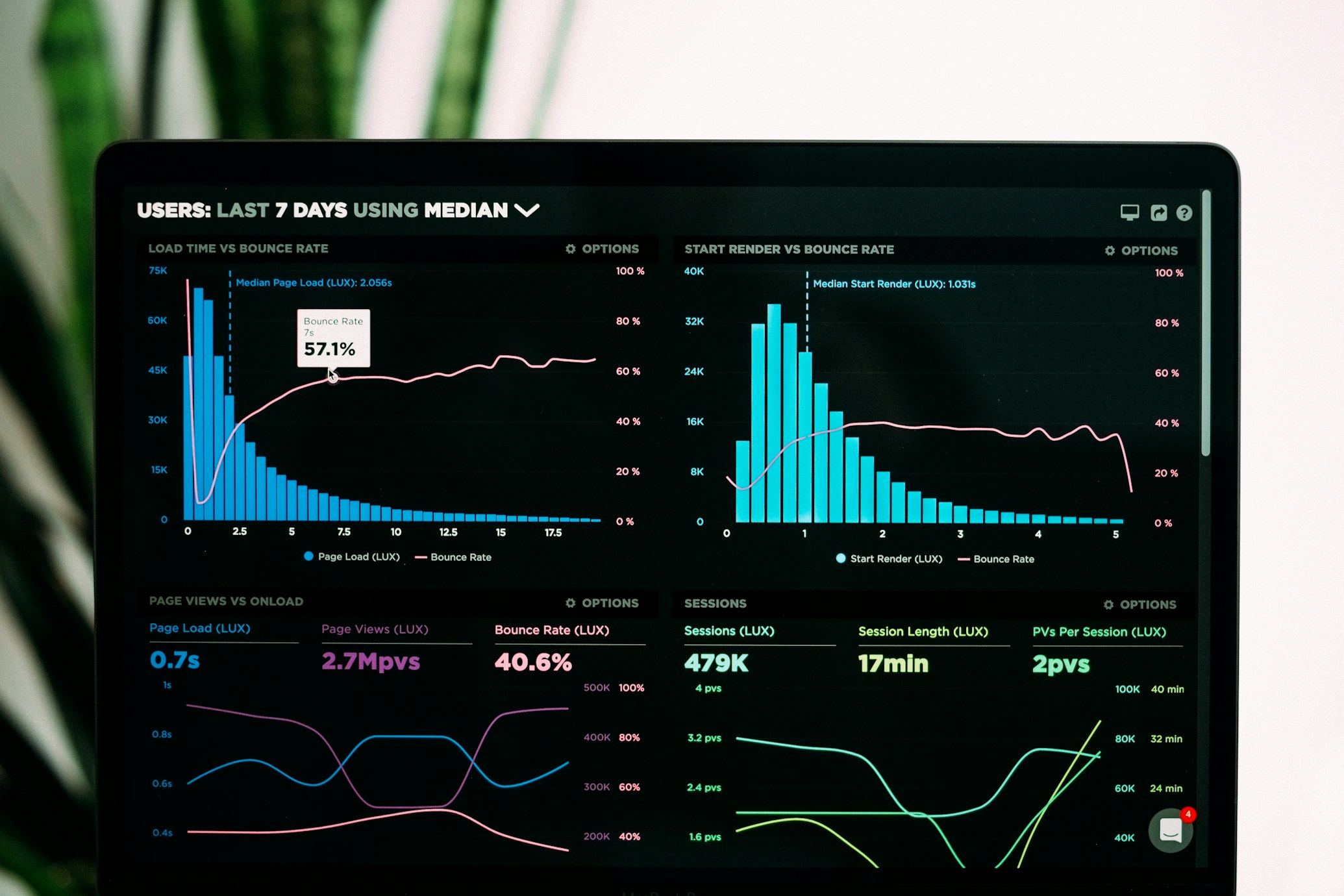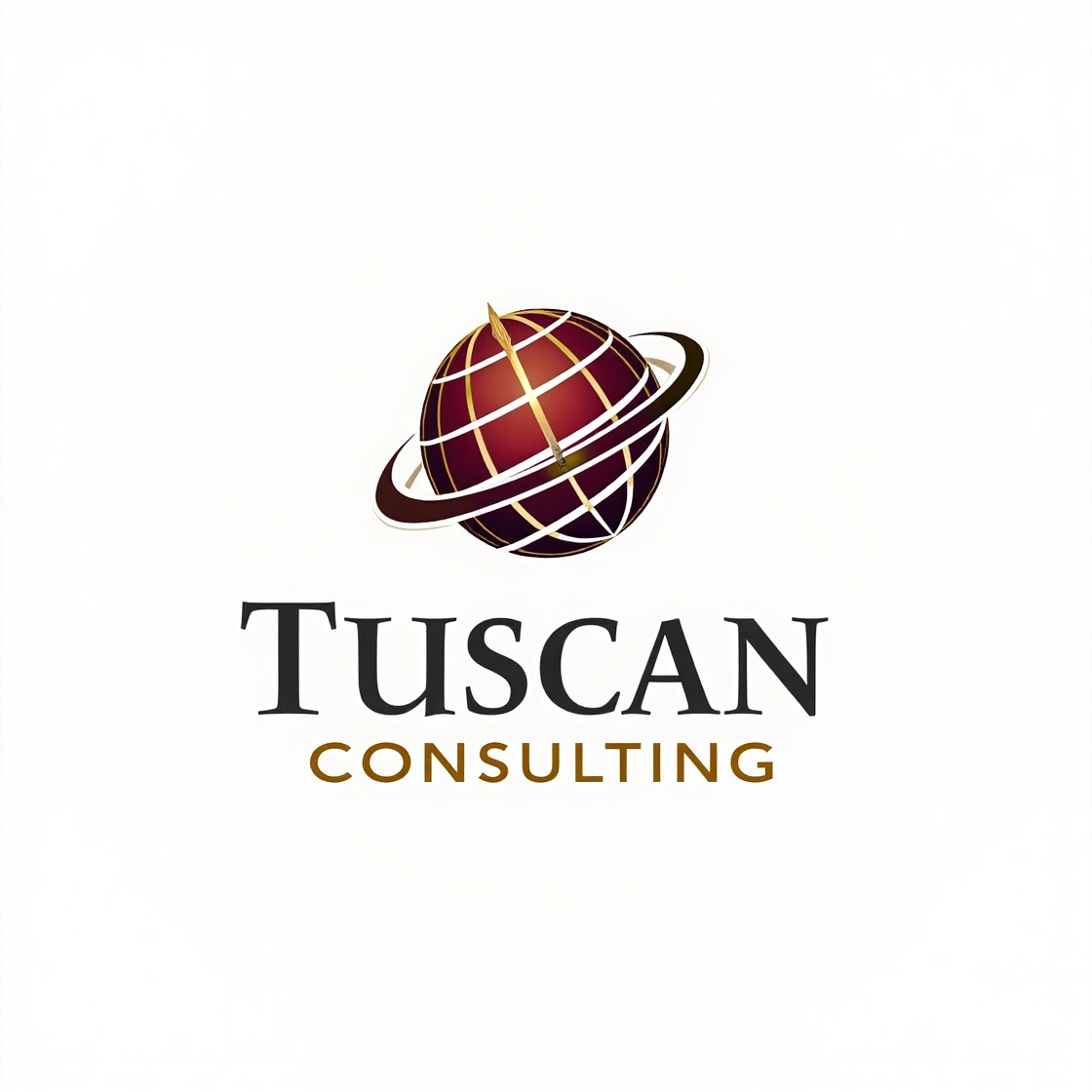SAP Datasphere: Integration with Existing BI Systems

SAP Datasphere represents a significant evolution in SAP's data management and analytics strategy. As organizations look to leverage this powerful platform alongside their existing business intelligence systems, understanding the integration options and best practices becomes crucial for success.
What is SAP Datasphere?
SAP Datasphere (formerly SAP Data Warehouse Cloud) is a cloud-native data management solution that combines data warehousing, data lake, data virtualization, and data integration capabilities into a unified platform. It's designed to help organizations harmonize and manage their data landscape while enabling business users and data professionals to collaborate effectively.
SAP Datasphere Architecture
Key capabilities of SAP Datasphere include:
- Business-Semantic Layer - Provides business context to technical data, making it more accessible and meaningful to business users
- Data Integration - Connects to various data sources, both SAP and non-SAP, with built-in data quality and governance
- Data Modeling - Offers intuitive tools for creating data models that reflect business requirements
- Data Virtualization - Enables access to data without physically moving it, reducing data duplication and latency
- Data Cataloging - Helps users discover, understand, and trust data assets across the organization
- Analytics Integration - Seamlessly connects with SAP Analytics Cloud and other analytics tools
Built on SAP HANA Cloud, Datasphere leverages the power of in-memory computing to deliver high performance for both transactional and analytical workloads.
Key Insight: SAP Datasphere is not just a rebranding of SAP Data Warehouse Cloud. It represents a significant expansion of capabilities, particularly in data federation, semantic modeling, and integration with both SAP and non-SAP systems.
The Current BI Landscape
Before diving into integration strategies, it's important to understand the typical BI landscape in many organizations today:
Typical Enterprise BI Landscape
- Legacy Data Warehouses - Many organizations have invested heavily in on-premises data warehouses like SAP BW, Teradata, or Oracle
- Multiple BI Tools - Different departments often use different tools such as SAP BusinessObjects, Tableau, Power BI, or Qlik
- Data Silos - Data often resides in disconnected systems, making it difficult to get a unified view
- Governance Challenges - Inconsistent data definitions and quality issues across systems
This fragmented landscape creates challenges for organizations seeking to derive consistent insights from their data. SAP Datasphere can help address these challenges, but it requires a thoughtful integration approach.
Integration Approaches with Existing BI Systems
There are several approaches to integrating SAP Datasphere with existing BI systems, each with its own advantages and considerations:
Datasphere Integration Approaches
1. Side-by-Side Integration
In this approach, SAP Datasphere operates alongside existing BI systems, with each serving different use cases or departments.
Implementation Strategy:
- Identify specific use cases that would benefit most from Datasphere's capabilities, such as real-time analytics or complex data harmonization
- Establish clear data governance rules to determine which system is the "source of truth" for different data domains
- Create a metadata layer that provides visibility across both environments
Advantages:
- Lower risk as existing systems continue to operate unchanged
- Allows for gradual adoption and skill development
- Enables targeted use of Datasphere's advanced capabilities
Considerations:
- May perpetuate data silos if not carefully managed
- Requires maintaining multiple systems and skill sets
- Potential for inconsistent reporting across platforms
2. Datasphere as a Semantic Layer
In this approach, SAP Datasphere serves as a unified semantic layer on top of existing data sources, while allowing various BI tools to connect to it.
Datasphere as a Semantic Layer
Implementation Strategy:
- Use Datasphere's data virtualization capabilities to create a business-friendly semantic layer without physically moving all data
- Connect existing BI tools to Datasphere using SQL, MDX, or OData interfaces
- Gradually move high-value data sets into Datasphere for improved performance
Advantages:
- Creates a unified business language across the organization
- Leverages existing BI tool investments
- Reduces data movement and duplication
Considerations:
- Performance may be impacted for virtualized data sources
- Not all BI tools may fully support all Datasphere features
- Requires careful management of semantic layer definitions
3. Phased Migration
This approach involves gradually migrating data and analytics workloads from existing systems to SAP Datasphere over time.
Phased Migration to Datasphere
Implementation Strategy:
- Develop a prioritized migration roadmap based on business value and technical complexity
- Implement hybrid operations during the transition period
- Retire legacy systems as their workloads are successfully migrated
Advantages:
- Provides a clear path to a more modern, unified architecture
- Allows for validation of Datasphere's capabilities before full commitment
- Can reduce total cost of ownership over time
Considerations:
- Requires significant planning and resources
- May involve complex data migration efforts
- Business users need to adapt to new tools and interfaces
Technical Integration Methods
SAP Datasphere offers several technical methods for integrating with existing BI systems:
Datasphere Technical Integration Methods
Data Connections
Datasphere provides numerous connection options to existing data sources:
- SAP Connections - Native connectors for SAP S/4HANA, SAP BW/4HANA, SAP ECC, and other SAP systems
- Database Connections - Connect to Oracle, SQL Server, Teradata, Snowflake, and other databases
- Cloud Storage - Integration with AWS S3, Azure Blob Storage, Google Cloud Storage
- Application Connections - Connect to Salesforce, ServiceNow, and other cloud applications
- Open Connectors - Leverage SAP Open Connectors for additional third-party integrations
Data Federation
Datasphere's data federation capabilities allow you to:
- Create virtual tables that reference data in source systems without copying it
- Build federated queries across multiple data sources
- Apply transformations and business logic to federated data
-- Example of creating a virtual table in Datasphere
CREATE VIRTUAL TABLE "VT_CUSTOMER_360"
AT (
REMOTE SOURCE "SAP_S4HANA"
REMOTE OBJECT "CUSTOMER_MASTER"
)
WITH CREDENTIALS 'S4_CREDENTIALS'
OPTIONS (
CACHE_MODE 'INTELLIGENT',
REFRESH_INTERVAL '60'
);Data Replication
For scenarios requiring data persistence in Datasphere:
- SAP Data Intelligence - For complex ETL processes and data orchestration
- Smart Data Integration (SDI) - For real-time and batch data replication
- Data Flows - Datasphere's built-in capability for data transformation and loading
BI Tool Connectivity
Existing BI tools can connect to Datasphere through:
- ODBC/JDBC - Standard database connectivity for tools like Tableau, Power BI
- OData - RESTful API access for web and mobile applications
- MDX - For multidimensional analysis tools
- SAP Analytics Cloud - Native integration for SAP's analytics solution
Integration Case Study: Migrating from SAP BW to Datasphere
Let's examine a common integration scenario: migrating from SAP BW to Datasphere while maintaining connectivity with existing BI tools.
SAP BW to Datasphere Migration
Phase 1: Assessment and Planning
- Inventory existing BW objects (InfoProviders, transformations, etc.)
- Identify which objects to migrate, retire, or rebuild
- Map existing security roles to Datasphere's authorization concept
- Develop a data model that leverages Datasphere's capabilities
Phase 2: Initial Implementation
- Set up connections to source systems, including SAP BW
- Create virtual tables for initial access without data movement
- Build business entities and semantic models in Datasphere
- Configure BI tool connections to Datasphere
Phase 3: Data Migration
- Implement data flows to move historical data from BW to Datasphere
- Set up real-time replication for operational data
- Validate data quality and consistency between systems
Phase 4: Transition and Optimization
- Gradually transition users from BW-based reports to Datasphere
- Optimize data models and processing for performance
- Implement advanced features like predictive analytics
- Decommission redundant BW objects
Best Practice: Maintain parallel operations during the transition period, with clear communication to users about which system to use for which reports. This reduces risk and allows for proper validation before full cutover.
Best Practices for Successful Integration
Integration Best Practices
1. Start with a Clear Data Strategy
Before implementing technical integrations, develop a comprehensive data strategy that addresses:
- Data governance and ownership
- Master data management approach
- Data quality standards and processes
- Long-term architecture vision
2. Adopt a Business-Driven Approach
Focus on business outcomes rather than technical capabilities:
- Identify high-value use cases that address specific business challenges
- Involve business stakeholders in the design and validation process
- Measure success based on business impact, not just technical metrics
3. Implement Proper Security and Governance
Ensure that security controls are consistent across integrated systems:
- Map existing security roles and authorizations to Datasphere
- Implement data privacy controls for sensitive information
- Establish audit trails for data access and changes
4. Plan for Performance
Consider performance implications of your integration approach:
- Use data replication for performance-critical datasets
- Leverage Datasphere's caching capabilities for virtualized data
- Implement appropriate indexing and partitioning strategies
- Conduct performance testing with realistic data volumes
5. Invest in Training and Change Management
Prepare your organization for the transition:
- Provide training on Datasphere concepts and tools
- Develop clear documentation for new processes
- Establish a support structure for users during the transition
- Communicate the benefits and timeline for changes
Conclusion
SAP Datasphere offers powerful capabilities for modernizing your data landscape while integrating with existing BI systems. By taking a thoughtful, phased approach to integration, organizations can leverage their existing investments while gradually transitioning to a more unified, flexible, and business-oriented data platform.
The key to success lies in balancing technical considerations with business needs, and in developing a clear roadmap that guides the integration journey. With proper planning and execution, SAP Datasphere can become a transformative element in your analytics strategy, enabling more agile, insightful, and data-driven decision making across the organization.
Raghu Krishnappa
Founder & SAP Consultant at Tuscan Consulting with extensive experience in SAP data management and analytics solutions.


